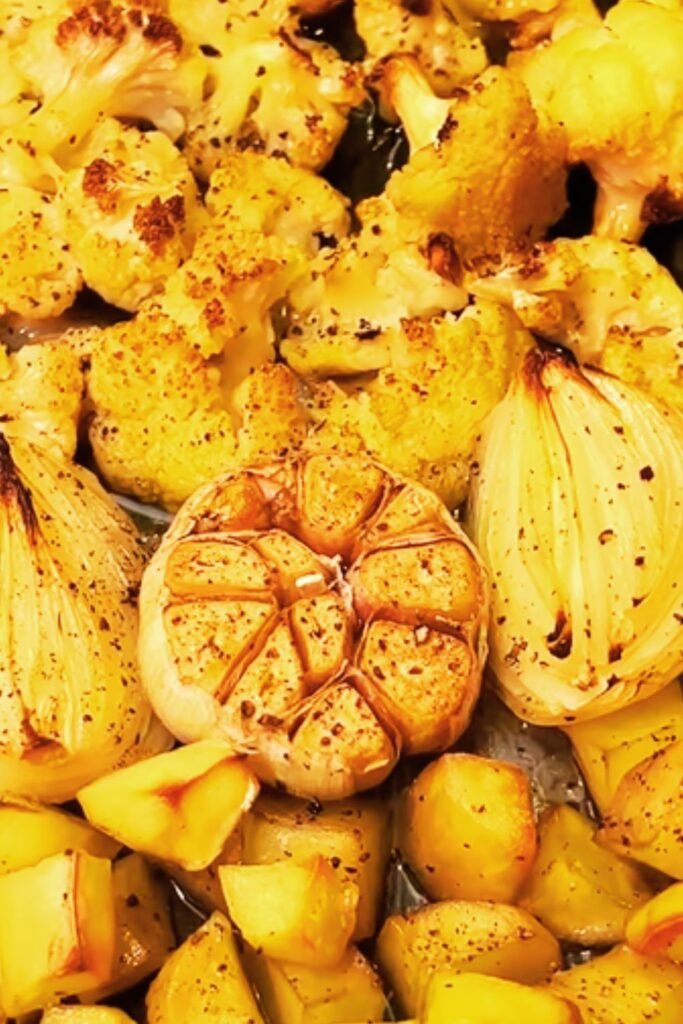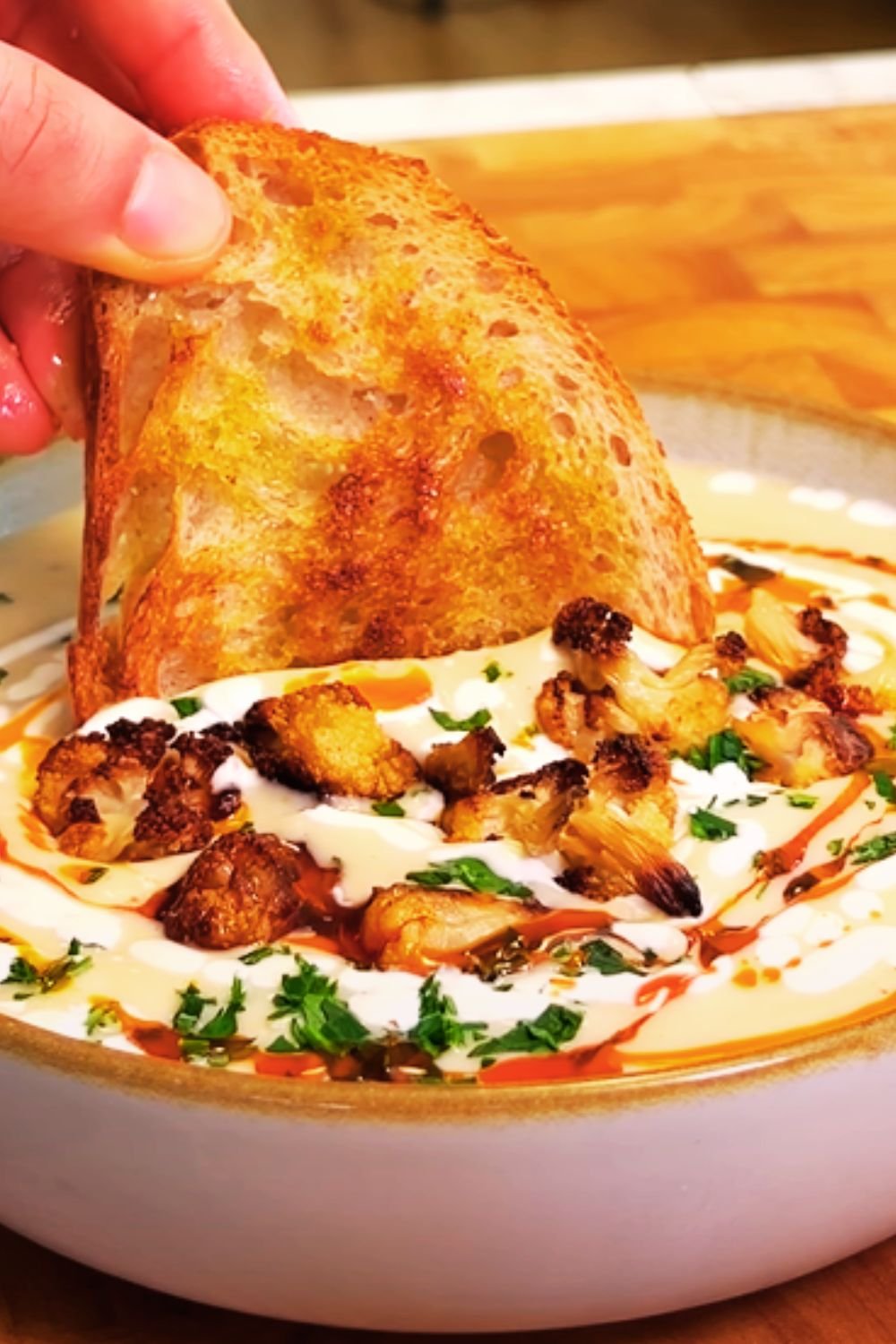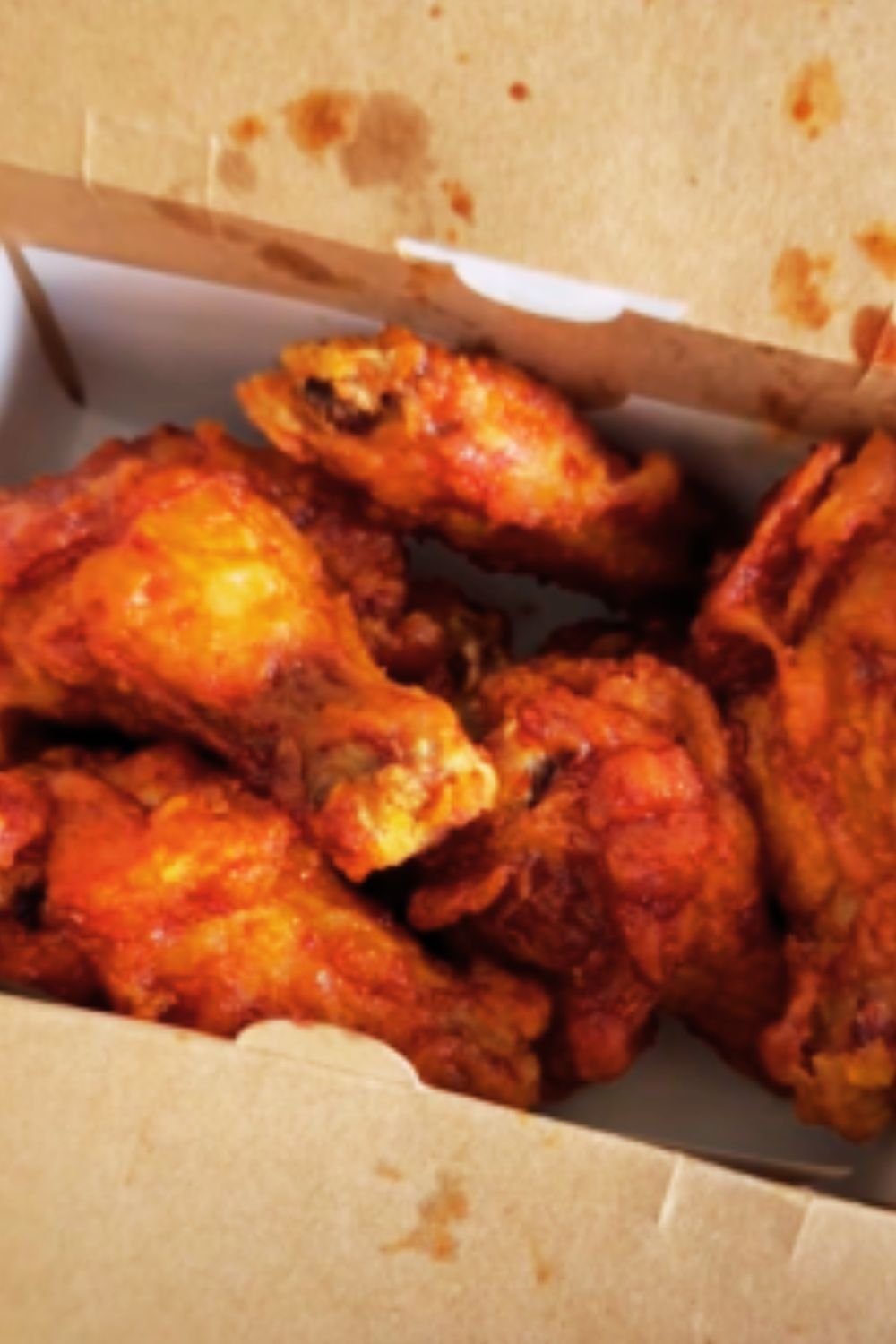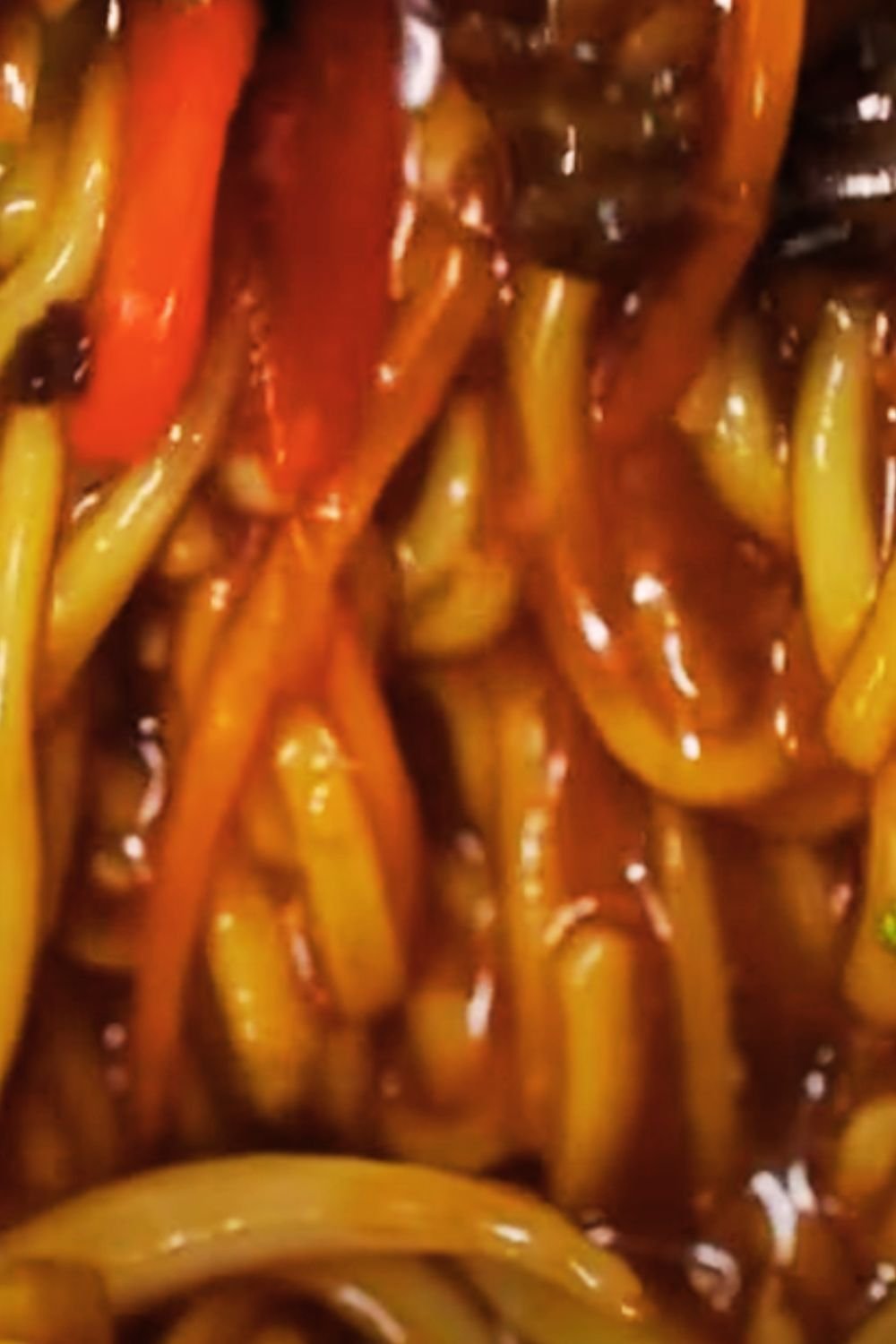There’s something magical about soul food that speaks directly to my heart. It’s more than just cooking – it’s about creating moments of pure comfort, bringing families together, and carrying forward traditions that have nourished generations. When I think about soul food, I’m transported to kitchens filled with the aroma of slow-simmered gravies, golden cornbread fresh from the oven, and the gentle bubbling of a pot of greens on the stove.
Soul food represents the beautiful fusion of African, Native American, and European culinary traditions, born from necessity and elevated through love. These recipes tell stories of resilience, creativity, and the incredible ability to transform simple ingredients into something extraordinary. I’ve spent years perfecting these dishes, learning from grandmothers, experimenting in my own kitchen, and discovering that the secret ingredient is always patience and care.
In this collection, I’m sharing over 30 soul food recipes that will transform your kitchen into a haven of comfort. From crispy fried chicken that shatters at first bite to mac and cheese so creamy it’ll make you close your eyes in bliss, these dishes represent the very best of Southern comfort cooking. Whether you’re cooking for Sunday dinner, hosting friends, or simply craving something that feeds both body and soul, these recipes will become treasured additions to your culinary repertoire.
Essential Soul Food Ingredients and Techniques
Understanding soul food begins with mastering the fundamental ingredients and techniques that give these dishes their distinctive character. Let me share the building blocks that make soul food so special.
Cast Iron Cookware: Nothing replaces a well-seasoned cast iron skillet for achieving that perfect crust on fried chicken or cornbread. I always keep mine seasoned with a light coating of oil and store it in a dry place.
The Holy Trinity: Onions, celery, and bell peppers form the flavor foundation for countless soul food dishes. I always dice these finely and sauté them until they’re soft and fragrant.
Low and Slow Cooking: Patience is perhaps the most important ingredient in soul food. Greens need hours to become tender, beans require gentle simmering, and the best gravies develop their depth through unhurried cooking.
Proper Seasoning: Salt, black pepper, garlic powder, onion powder, and paprika are my go-to seasonings. I season throughout the cooking process, not just at the end.
Main Dishes That Define Soul Food
Fried Chicken Perfection
My fried chicken recipe has been refined through countless Sunday dinners and family gatherings. The secret lies in the buttermilk brine and double-dredging technique.
I start by soaking chicken pieces in buttermilk seasoned with hot sauce, garlic powder, and salt for at least 4 hours, though overnight is even better. This tenderizes the meat and creates that tangy flavor that makes soul food fried chicken unforgettable.
For the coating, I combine all-purpose flour with cornstarch (for extra crispiness), salt, black pepper, paprika, garlic powder, onion powder, and a touch of cayenne. The double-dredging process – flour, buttermilk, flour again – creates those beautiful crispy edges that make each bite a textural delight.
Smothered Pork Chops
These aren’t just pork chops – they’re bone-in comfort swimming in rich, silky gravy. I season thick-cut pork chops generously and sear them in a cast iron skillet until golden. After removing the chops, I create a roux with the drippings, slowly whisking in flour until it’s nutty and brown.
The gravy comes together with chicken stock, onions, and seasonings, then the pork chops return to simmer until fork-tender. The result is meat so tender it falls off the bone, enveloped in gravy that’s perfect for sopping up with biscuits.
Southern Meatloaf with Sweet Glaze
My soul food meatloaf combines ground beef and pork with sautéed vegetables, breadcrumbs soaked in milk, and eggs for binding. What sets it apart is the sweet and tangy glaze made from ketchup, brown sugar, apple cider vinegar, and Worcestershire sauce.
I form the mixture into a free-form loaf rather than using a pan – this allows the edges to caramelize beautifully. Halfway through baking, I brush on the glaze, then again near the end for a glossy, flavorful crust.
Vegetable Sides That Steal the Show
Collard Greens with Smoked Turkey
Collard greens are the crown jewel of soul food vegetables. I clean my greens meticulously, removing tough stems and chopping the leaves into ribbons. The cooking liquid is where the magic happens – chicken stock enhanced with smoked turkey necks or wings, onions, garlic, and a splash of apple cider vinegar.
The greens simmer low and slow for at least 2 hours, developing complex flavors and that perfect tender texture. I finish with a pinch of red pepper flakes and sometimes a touch of sugar to balance the slight bitterness.
| Cooking Time | Texture | Flavor Development |
|---|---|---|
| 1 hour | Still firm, bright green | Mild, slightly bitter |
| 2 hours | Tender, darker green | Rich, well-developed |
| 3+ hours | Very tender, deep color | Complex, perfectly balanced |
Candied Yams (Sweet Potatoes)
These aren’t just sweet – they’re transcendent. I slice sweet potatoes into thick rounds and layer them in a baking dish with butter, brown sugar, cinnamon, nutmeg, and vanilla. The slow baking process allows the natural sugars to caramelize while the added sugars create a glossy, candy-like coating.
Some cooks add marshmallows, but I prefer the pure, intense sweetness that develops naturally. A splash of bourbon or rum in the syrup adds depth without overwhelming the potato’s natural flavor.
Classic Mac and Cheese
Soul food mac and cheese is a far cry from the boxed version. I start with a proper cheese sauce – a roux-based béchamel enriched with sharp cheddar, mild cheddar, and sometimes a touch of cream cheese for extra richness.
The pasta gets slightly undercooked since it will finish in the oven. I layer the mac and cheese in a buttered dish, top with more cheese and sometimes buttered breadcrumbs, then bake until bubbly and golden. The result is creamy interior with a gloriously crispy top.
Comfort Food Classics
Chicken and Dumplings
This one-pot wonder transforms simple ingredients into pure comfort. I simmer chicken pieces with vegetables until tender, then shred the meat and return it to the flavorful broth. The dumplings are simple – flour, baking powder, salt, and milk – but they cook directly in the simmering broth, absorbing all those wonderful flavors.
The key is not overcrowding the pot and resisting the urge to lift the lid too often. The dumplings need steady steam to cook properly and develop that perfect fluffy texture.
Shrimp and Grits
This Low Country classic has become a soul food staple across the South. My grits cook low and slow with milk and butter until creamy, then get enriched with sharp cheddar. The shrimp are quickly sautéed with andouille sausage, onions, peppers, and garlic, finished with a splash of cream and hot sauce.
The contrast between the creamy, comforting grits and the spicy, bold shrimp creates a dish that’s both elegant and deeply satisfying.
Essential Breads and Biscuits
Buttermilk Biscuits
These tall, flaky biscuits are the foundation of any soul food meal. I keep my butter cold and work it into the flour just until the mixture resembles coarse crumbs with some larger butter pieces remaining. These butter pockets create the flaky layers that make biscuits special.
Buttermilk provides tang and helps create tender texture. I roll the dough gently and cut straight down with a sharp cutter – twisting seals the edges and prevents proper rising.
Skillet Cornbread
My cornbread bakes in a preheated cast iron skillet, creating a crispy crust that contrasts beautifully with the tender interior. I use a combination of cornmeal and flour, with buttermilk for tang and a touch of sugar for balance.

The batter should be pourable but not thin. When it hits that hot, buttered skillet, it should sizzle – that’s how you know you’ll get that perfect crust.
Hearty Soups and Stews
Red Beans and Rice
This Monday tradition in New Orleans has become a soul food staple everywhere. I soak red kidney beans overnight, then simmer them with the “holy trinity” of vegetables, andouille sausage, and a ham hock for richness.
The key is cooking until some beans break down naturally, creating a creamy texture while others remain whole. I serve over fluffy white rice with hot sauce on the side.
Chicken and Sausage Gumbo
Gumbo starts with a dark roux – flour cooked in oil until it’s the color of chocolate. This process requires patience and constant stirring, but it creates the deep, nutty flavor that defines great gumbo.
I add the holy trinity, then chicken stock gradually, whisking constantly to prevent lumps. Chicken and andouille sausage go in to simmer, followed by okra for thickening and that distinctive flavor. File powder gets stirred in at the very end.
Sweet Endings
Sweet Potato Pie
My sweet potato pie starts with perfectly roasted sweet potatoes that I puree until silky smooth. The filling combines the puree with eggs, evaporated milk, butter, and warm spices like cinnamon, nutmeg, and ginger.
The crust is all-butter pastry that I pre-bake to prevent sogginess. The filling bakes low and slow until just set – it should still have a slight jiggle in the center when you remove it from the oven.
Peach Cobbler
This rustic dessert celebrates the simple perfection of ripe peaches. I toss sliced peaches with sugar, a touch of flour for thickening, lemon juice, and warming spices. The topping is more like sweet biscuit dough than cake – dropped in spoonfuls over the fruit.
As it bakes, the topping spreads and browns while the peaches bubble up around the edges. I serve it warm with vanilla ice cream or freshly whipped cream.
Complete Soul Food Menu Planning
Planning a soul food feast requires thinking about balance, timing, and how flavors complement each other. Here’s my approach to creating memorable meals.
| Course | Quick Options (30 min) | Medium Options (1-2 hours) | Long Options (3+ hours) |
|---|---|---|---|
| Main | Smothered chicken | Baked chicken | Slow-cooked pot roast |
| Vegetable | Green beans | Mac and cheese | Collard greens |
| Starch | Instant mashed potatoes | Baked sweet potatoes | Red beans and rice |
| Bread | Store-bought rolls | Fresh biscuits | Cornbread from scratch |
| Dessert | Store-bought pie | Banana pudding | Sweet potato pie |
Sunday Dinner Menu
For the ultimate soul food Sunday dinner, I recommend fried chicken as the centerpiece, accompanied by mac and cheese, collard greens, candied yams, and fresh buttermilk biscuits. This combination provides textural variety and flavor balance – crispy, creamy, tender, and sweet elements all working together.
Weeknight Comfort Menu
When time is limited but comfort is needed, smothered pork chops with mashed potatoes and green beans creates a satisfying meal that comes together in about an hour. Add store-bought cornbread to round out the meal.
Cooking Tips for Soul Food Success
Temperature Control
Soul food cooking often requires precise temperature control, especially for frying. I use a thermometer religiously – oil that’s too hot burns the coating before cooking the meat, while oil that’s too cool creates greasy, soggy results. For most frying, 350°F is ideal.
Make-Ahead Strategies
Many soul food dishes actually improve with time. Collard greens, red beans and rice, and gumbo all taste better the next day as flavors meld and develop. I often cook these dishes a day ahead and gently reheat before serving.
Seasoning Throughout the Process
I season at multiple stages rather than just at the end. This builds layers of flavor that create complexity and depth. Salt added during cooking has a different effect than salt added as a final seasoning.
Stock and Broth Quality
Good stock makes an enormous difference in soul food cooking. I save chicken bones and vegetable scraps to make homemade stock, but when using store-bought, I choose low-sodium versions so I can control the salt level.
Storage and Reheating Guidelines
Proper storage keeps soul food delicious for days. Most dishes keep well in the refrigerator for 3-4 days when stored in airtight containers. Fried foods are best reheated in the oven rather than the microwave to maintain crispiness.
Gravies and sauces may thicken in the refrigerator. I thin them with a little stock or milk when reheating, whisking until smooth. Greens and beans actually improve with storage as flavors continue to develop.
Freezing works well for most soups, stews, and braised dishes. I cool completely before freezing and use within 3 months for best quality. Starches like mac and cheese and mashed potatoes can become grainy when frozen, so I prefer to make these fresh.
Regional Variations and Personal Touches
Soul food varies significantly by region, and I love exploring these differences. Louisiana Creole dishes incorporate more French techniques and ingredients, while Texas soul food shows Mexican influences. Carolina cooking features more vinegar-based flavors, and Georgia cuisine celebrates local ingredients like pecans and peaches.
I encourage experimenting with your own family traditions and preferences. Maybe your grandmother added a secret ingredient to her cornbread, or your family prefers their greens with a touch of sugar. These personal touches make soul food cooking truly special.
The beauty of soul food lies in its adaptability and the love that goes into every dish. Each recipe becomes a canvas for expressing care, creativity, and connection to tradition while making it your own.
Questions and Answers
Q: What’s the most important tool for cooking soul food? A: I’d have to say a well-seasoned cast iron skillet. It’s perfect for frying chicken, baking cornbread, and developing those beautiful caramelized flavors that define soul food cooking.
Q: How long should I marinate chicken for fried chicken? A: I recommend at least 4 hours, but overnight is even better. The buttermilk marinade tenderizes the meat and infuses it with flavor throughout.
Q: Can I make collard greens without meat? A: Absolutely! Use vegetable stock and add smoked paprika or liquid smoke for that deep, smoky flavor. A splash of soy sauce adds umami depth.
Q: Why do my biscuits come out flat instead of tall and fluffy? A: The most common issues are overworking the dough, using warm butter, or twisting the cutter when cutting. Keep everything cold and handle the dough gently.
Q: How do I know when my roux is the right color for gumbo? A: For gumbo, I cook the roux until it’s the color of dark chocolate or peanut butter. It should smell nutty, not burnt. This usually takes 15-20 minutes of constant stirring.
Q: What’s the secret to creamy mac and cheese that doesn’t get grainy? A: Use a proper cheese sauce base with a roux, keep the heat moderate, and add cheese off the heat. Overcooking or too-high heat causes the proteins to seize up and become grainy.
Q: How can I make my cornbread more moist? A: Add sour cream or buttermilk to the batter, don’t overbake, and consider adding a touch of honey or sugar. Some people swear by adding creamed corn for extra moisture.
Q: What’s the difference between sweet potatoes and yams in soul food cooking? A: In the US, what we call “yams” are actually sweet potatoes. True yams are different vegetables entirely. For soul food cooking, use orange-fleshed sweet potatoes for the best flavor and texture.
Q: How do I prevent my fried chicken from being greasy? A: Maintain proper oil temperature (350°F), don’t overcrowd the pan, and drain on a wire rack rather than paper towels. The wire rack allows air circulation and prevents steaming.
Q: Can I prepare soul food dishes ahead of time for entertaining? A: Many soul food dishes are actually better the next day! Greens, beans, stews, and braised dishes all benefit from resting time. Fried foods are best served immediately, but you can bread chicken ahead and fry just before serving.


